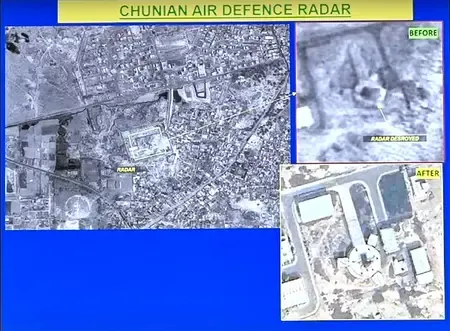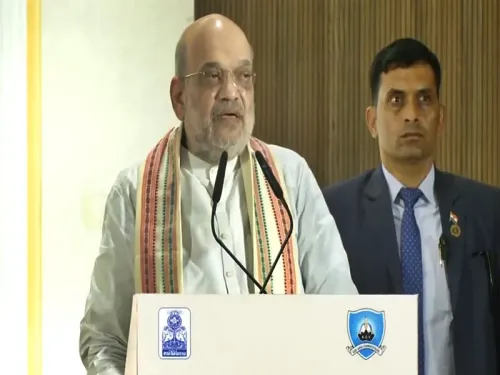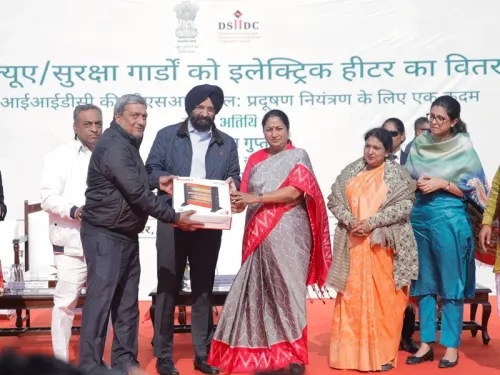How Does Operation Sindoor Reveal the Weaknesses of Chinese Air Defence Units in Pakistan?

Synopsis
Key Takeaways
- Operation Sindoor revealed weaknesses in Chinese air defence systems.
- Indian military capabilities effectively neutralized threats from Pakistan.
- China's military technology is questioned in terms of reliability.
- Analysts emphasize the importance of military integration strategies.
- India's approach has garnered international attention.
New Delhi, May 18 (NationPress) Operation Sindoor has demonstrated a clear dominance of the Indian military over its Pakistani counterpart, even though the latter relies heavily on Chinese-manufactured armaments, arsenal, and air defence systems to safeguard its airspace. Reports indicate that Chinese military equipment constitutes 82 percent of Pakistan's defence imports. However, during Operation Sindoor, Indian drones and missiles successfully penetrated Pakistani airspace, exposing the significant failures of Chinese-made radars and air defence systems, raising serious questions about their vulnerability and effectiveness.
In reaction to Pakistan's aggressive maneuvers, the Indian Armed Forces targeted air defence radars and systems at multiple sites in Pakistan on May 9. Notably, the air defence radar in Lahore was not only struck but also sustained severe damage, according to various reports.
Additionally, an Indian Air Force strike obliterated a Chinese-supplied YLC-8E anti-stealth radar situated at the Chunian Air Base in central Punjab, further showcasing the shortcomings of China's air defence offerings to Pakistan.
During the conflict, Pakistan reportedly deployed numerous Chinese-origin drones for surveillance and offensive missions. However, Indian forces successfully intercepted and neutralized several of these drones, with wreckage displayed during official briefings.
The AR-1 Guided Missile, a Chinese laser-guided air-to-surface missile, was launched from Wing Loong-II Drones (unmanned aerial vehicles). Pakistan reportedly employed these drones, equipped with AR-1 missiles, for precise strikes. Yet, Indian air defence systems effectively intercepted and neutralized these missiles before they could reach their intended targets.
In stark contrast, India's precision strikes and air defence systems, enhanced by a combination of indigenous technology and Western defence imports, have garnered global attention and admiration.
John Spencer, a prominent defence analyst, noted India’s advanced air defence capabilities, stating that the nation not only protected its airspace but also seamlessly penetrated the Chinese-made systems employed by Pakistan.
“In recent weeks, India has showcased the evolving nature of modern air defence—not just in safeguarding its airspace with a robust, layered architecture, but also in effectively breaching the Chinese-made systems utilized by its adversary, Pakistan. This serves as a reminder that defence is not merely about purchases—it’s about integration,” Spencer expressed in his article.
Ultimately, Operation Sindoor has revealed critical vulnerabilities in the reliability and combat effectiveness of Chinese military technology, even as China strives to establish itself as a credible alternative to Western and Russian arms suppliers.










